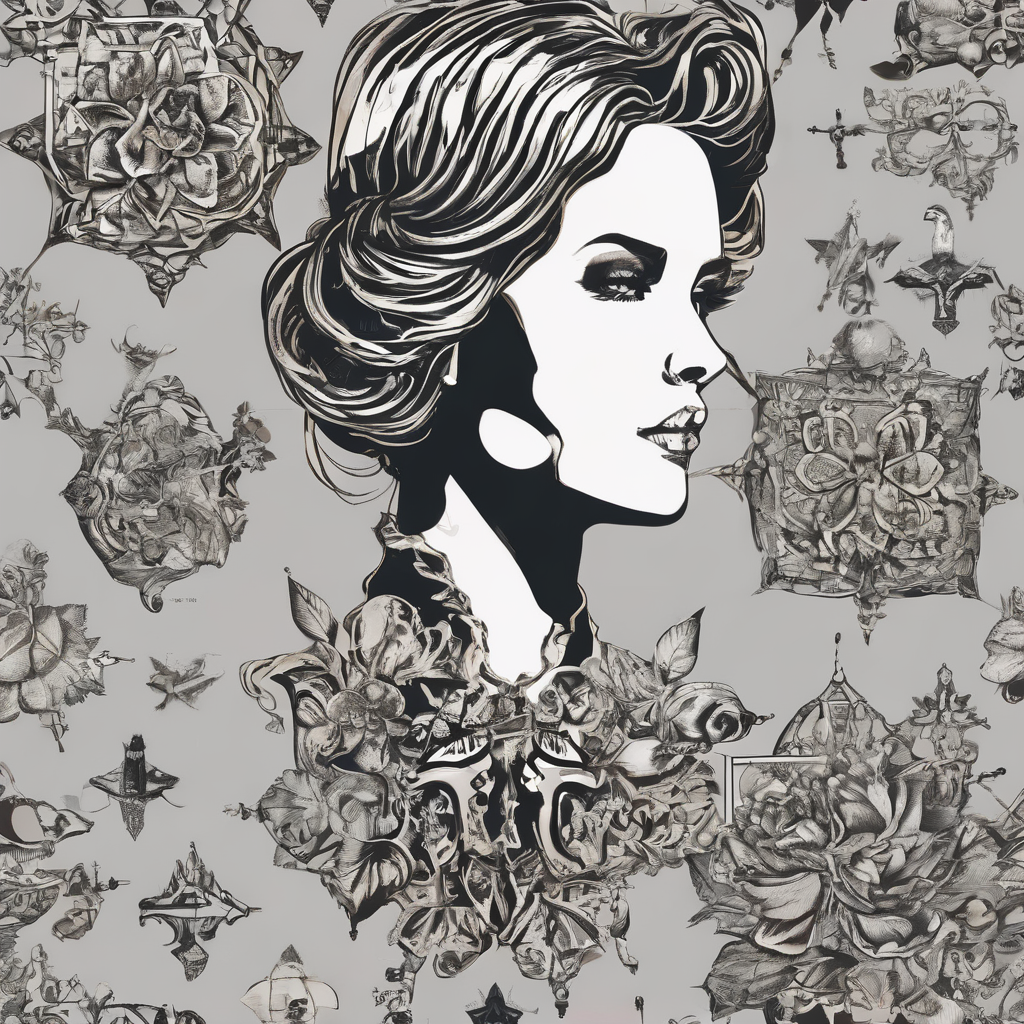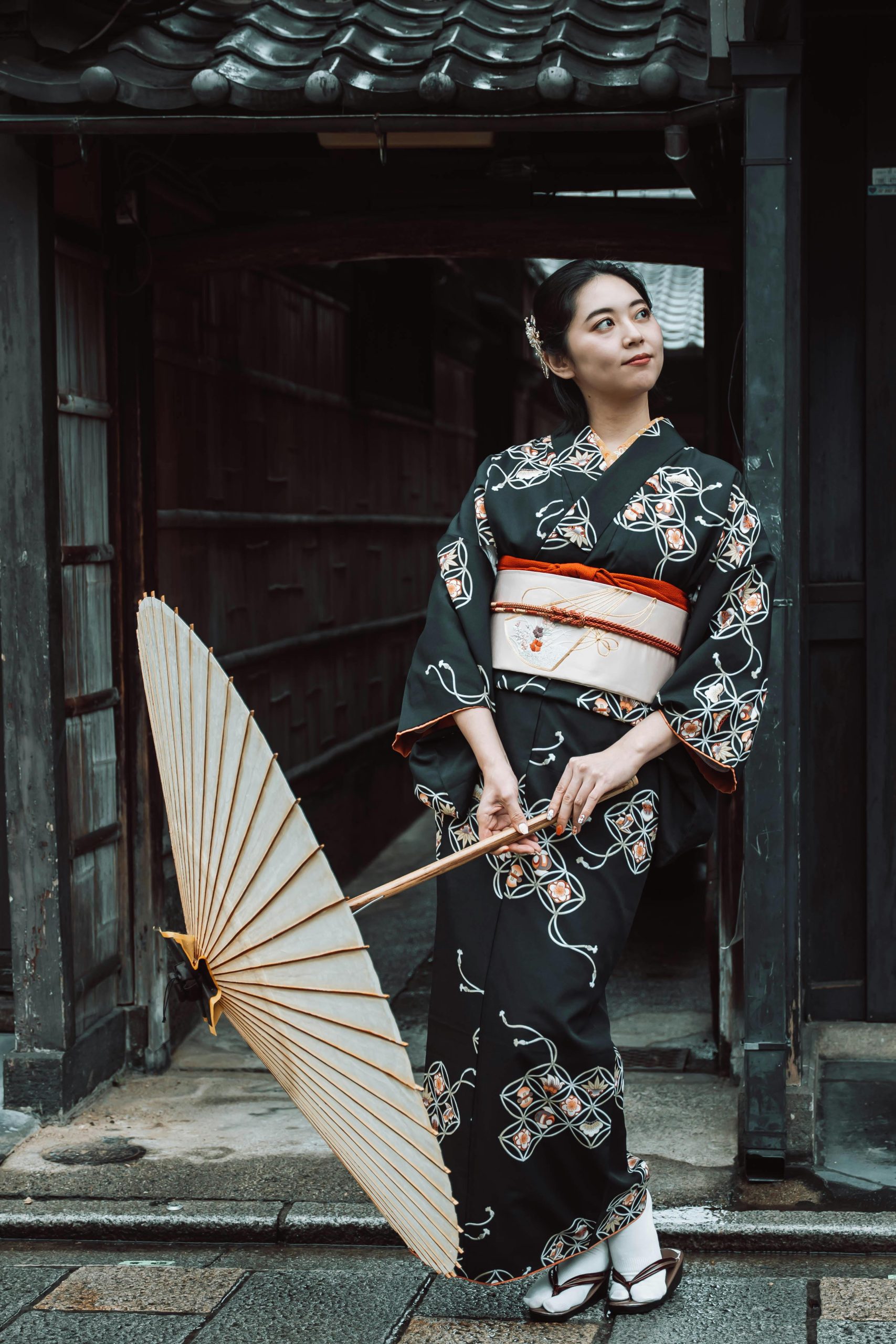The Japanese kimono jacket, or haori, blends tradition with modern style, offering a versatile garment that transcends cultures. Rooted in history yet adaptable today, its elegant silhouette invites fresh interpretations for wardrobes worldwide. Understanding its origins and variations reveals why this timeless piece continues to captivate fashion enthusiasts seeking both heritage and contemporary flair.
Essential Guide to Japanese Kimono Jackets: Definition, Cultural Significance, and Differentiation
In discussions about traditional attire, Japanese clothing offers a spectrum of elegant garments, among which the kimono jacket—specifically known as the haori—stands out for its versatility and nuanced design. A kimono jacket (haori) is a hip- or thigh-length outer layer traditionally worn over a kimono. Unlike full-length kimonos, haori jackets do not wrap closed but are worn open or loosely tied, making them adaptable for both men and women in formal and informal contexts.
Topic to read : What Are the Latest Skirt Trends for Professional Women in the UK?
The haori’s origins trace back several centuries, firmly rooted in Japanese society. Originally a practical layer for samurai and aristocrats, it later evolved into a symbol of status, ceremony, and seasonal change. Typically crafted from silk and adorned with floral or geometric motifs, haori jackets often feature detailed embroidery that reflects specific periods or artistic trends. Some, like festival jackets or seasonal haori, incorporate rare linings or intricate patterns unique to particular regions or family crests.
Distinguishing the haori from the yukata, kimono, and happi coats is essential for understanding its role. Kimonos are long, wrap-style robes with wide sleeves, worn for both everyday and ceremonial use. Yukatas, made from lighter cotton, are casual and suited to summer festivals. Happi coats serve as short festival jackets, generally more simple in design than the highly versatile haori. This nuanced differentiation shapes the appreciation and continued relevance of Japanese kimono jackets in both heritage and contemporary fashion.
Also read : What Is the Best Way to Style a Jumpsuit for a Cocktail Party in the UK?
Exploring Styles and Fabrics: From Vintage to Contemporary Haori
Popular Styles: Men’s and Women’s Haori Variations
Vintage haori kimono jackets are renowned for detailed artistry and practical versatility. Men’s haori coat styles often showcase subtle or monochromatic kimono pattern designs, from classic black to rare formal montsuki with symbolic crests. For women, short haori jackets commonly feature vibrant floral and oriental motifs, while women’s embroidered haori stand out with intricate birds, chrysanthemums, or gold thread accents.
Modern kimono-inspired jackets reinterpret these classics—look for contemporary pieces using bold prints or innovative cuts. Both men’s and women’s versions now bridge casual and formal, fitting seamlessly into modern wardrobes or as standout outerwear.
Textile Techniques and Fabrics
Textile tradition is central—authentic silk haori jackets offer luxury sheen and longevity, prized in both vintage and new lines. Winter haori jackets may add lined interiors or use velvet, faux fur, or high-quality blends for extra warmth without sacrificing elegance.
Kimono pattern designs remain a key identifier: classic geometrics, embroidered haori in contemporary design, or vibrant floral and oriental motifs tie each jacket to Japanese culture.
Embroidery, Prints, and Fashion Trends
Embroidery techniques range from hand-stitched outlining on embroidered haori in contemporary design to highly detailed, full-motif panels. Prints on modern kimono-inspired jackets can mimic indigo dyeing, feature metallic threads, or display nature symbolism—blending history with 2025’s trends for expressive outerwear choices.
Tips for Styling, Sizing, and Care of Kimono Jackets
How to wear haori and kimono jackets: Layering, pairing with Western attire, and seasonal looks
Layering with haori jackets enhances both warmth and versatility. For kimono jackets as layering pieces, start with a plain turtleneck or crisp shirt, then drape the jacket for effortless sophistication. Both men’s and women’s styles work well over jeans or tailored trousers, making haori jackets ideal for smart-casual outfits. Styling long kimono jackets can create striking silhouettes—try belting at the waist for added structure or letting them flow open with dresses during warmer months. In cold weather, opt for thick woven or lined styles to ensure kimono jackets for layering in cold weather remain practical. Women’s silk embroidered jackets pair beautifully with evening attire, highlighting rich textures and Japanese designs.
Sizing advice: Finding the right fit for men’s and women’s styles
A haori jacket sizing guide is simple to follow. Haori jackets are designed for relaxed fits. Most traditional and vintage options feature “one size fits most” styling, so check shoulder width and overall length to ensure comfort. Use garment measurements, especially when buying online, to match your fit preference—slouchy or tailored.
Care, cleaning, and storage of different fabrics (silk, cotton, blends)
Kimono jacket care and maintenance requires care based on fabric. Silk and embroidered styles demand gentle hand washing or professional cleaning. Cotton or blends are typically machine-washable on delicate. Store folded or on padded hangers, keeping haori and kimono jackets protected from sunlight and moths to preserve vibrant color and intricate detailing.
Where to Find and Purchase Authentic Kimono Jackets Today
Trusted sources for buying vintage Japanese jackets range from specialized boutique shops to larger online marketplaces. For shopping for men’s kimono shirts online or securing unique kimono jackets in UK and Europe, platforms like KimuraKami offer an array of traditional and modern styles, including short haori jackets and winter haori jackets. Buyers benefit from detailed filters that help select haori jackets for men and haori jackets for women by material, size, and pattern—making sourcing vintage haori jackets straightforward.
Guide to vintage and collectible haori
When seeking authentic Japanese jacket gift ideas or looking to add a collectible piece to your wardrobe, focus on vintage haori kimono jackets with unique features: silk embroidery, period-specific patterns, or motifs such as chrysanthemum and birds. Assess garment condition, from “new, never worn” to gently used, and compare pricing brackets to fit your budget—vintage listings frequently offer rare finds suitable for kimono jackets for Japanese festivals or contemporary Japanese streetwear haori looks.
International shipping, sales, and offers
For those outside the UK, some shops provide international shipping, periodic sales, and exclusive perks like free shipping on orders above a threshold—delivering kimono jackets from popular brands and seasonal updates directly to your door.











